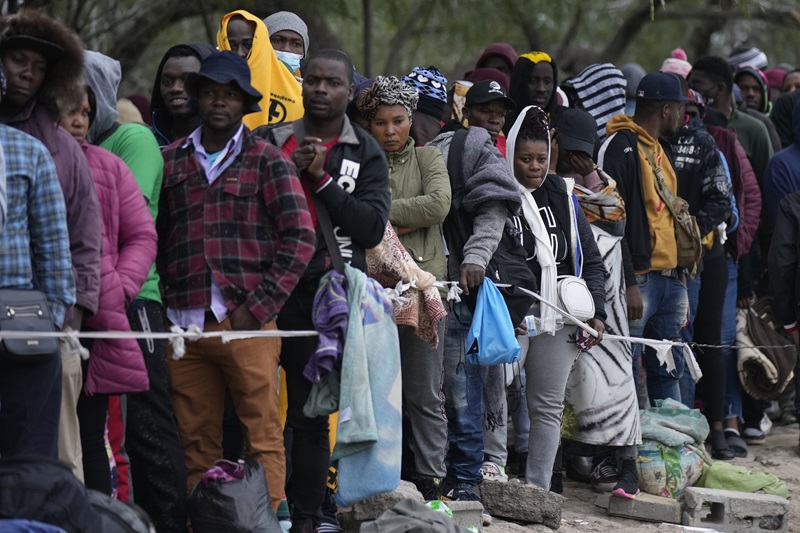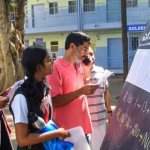
mexico haiti migrants
Nicaragua’s Silent Strategy: The New Route for African and Asian Migrants to the U.S.
In a surprising twist, African and Asian migrants are turning to Nicaragua as a strategic shortcut to reach the United States, avoiding the dangerous Darien Gap. While the Nicaraguan government remains tight-lipped, experts believe the influx is exacerbating the U.S. migration crisis and proving lucrative for the Central American nation.
Migration analyst, Juan Orozco, sheds light on Nicaragua’s silent strategy, asserting that the government benefits from visa fees and landing taxes, depending on the passenger’s nationality. This novel air route, Orozco contends, is viewed by Nicaragua as an opportunity to profit while contributing to the escalating migration challenges faced by the United States.
Recent events brought attention to this unconventional route when an Airbus A340 was detained in Paris due to suspicions of human trafficking. Although it was later confirmed that passengers were traveling voluntarily, the incident raised questions about the complicity of authorities. Indian police disclosed that passengers had paid substantial sums to agents facilitating their journey to the U.S. southern border.
Liliana Bakayoko, a lawyer representing the Romanian airline operating the flight, revealed that Nicaragua had pre-approved the passenger list before takeoff, fueling concerns about the nation’s involvement in this migration route.
The journey starts in Managua, the capital of Nicaragua, from where migrants traverse Honduras and Guatemala, reaching Mexico en route to the U.S. southern border. Notably, this alternative route helps migrants circumvent the notorious Darien Gap, a region fraught with perils ranging from dense jungles to criminal gangs, wild animals, and sexual violence.
Panamanian authorities reported a staggering increase in the number of people successfully navigating the Darien Gap in 2023, reaching over half a million, double the figures from the previous year. Among these migrants, Venezuelans seeking respite from economic hardship dominate, alongside Ecuadorians, Haitians, Cubans, Chinese, Vietnamese, Afghans, and Africans from nations like Cameroon and Burkina Faso.
The International Organization for Migration observes a notable trend as Cuban migrants and individuals from African nations increasingly opt for air routes, strategically bypassing the dangerous Darien Gap to continue their journey northward. Honduras’ migration statistics echo this shift, indicating a five-fold increase in arrivals from countries such as Guinea, China, Senegal, India, Afghanistan, and Angola.
Orozco highlights Nicaragua’s emerging role as a “springboard” for Cubans and Haitians taking charter flights, a phenomenon catalyzed by the removal of visa requirements for these countries in 2021. Additionally, regular commercial flights to El Salvador have become a common choice, albeit with a new hurdle—a substantial airport transit fee of $1,130 imposed on Africans and Indians in October 2023.
El Salvador’s immigration authority spokesperson notes that the majority of these passengers, destined for Nicaragua, signifies a growing trend. Meanwhile, Colombia reports that many arriving from Turkey are Africans in transit to San Salvador and Nicaragua.
As Nicaragua becomes a pivot in this evolving migration route, questions arise about its implications on the broader geopolitical landscape. This influx, facilitated by novel air routes, not only challenges traditional migration patterns but also underscores the complexity of global migration dynamics.
In conclusion, the evolving role of Nicaragua in redirecting the trajectory of migrants toward the U.S. raises pertinent questions about global migration governance, enforcement, and the intricate web of geopolitical interests at play.







